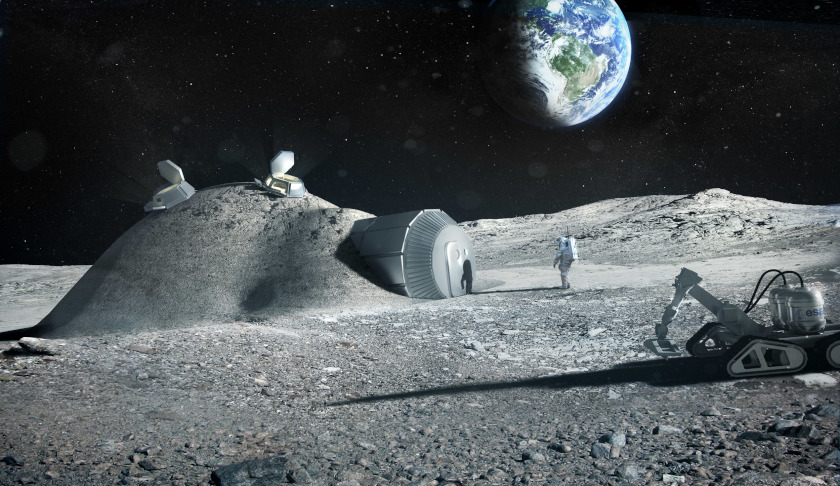
This a regular contest which NASA calls the Revolutionary Aerospace Systems Concepts-Academic Linkage (RASC-AL) to solicit undergraduate and graduate teams to develop new engineering concepts for the Artemis moon program and future human missions to Mars.
NASA says the 2020 competition goes beyond science and engineering, with a theme dedicated to economic analysis of commercial opportunities in deep space.
“This year’s RASC-AL competition directly addresses the agency’s goals for the Artemis program: returning humans to the moon with the intent to prove concepts for sustainably exploring Mars,” said Douglas Craig, manager of strategic analysis for NASA’s human exploration and operations mission directorate’s advanced exploration systems (AES) division.
“The multidisciplinary teams that RASC-AL attracts each year mirror the varied skill sets that will be extremely important for reducing risk and improving affordability of the Artemis program as well as future deep space missions.”
The rules stipulate that entries have to come from US-accredited institutions, but that doesn’t rule out engagement of overseas students.
Foreign students or universities can participate as team members/collaborators with a US-led team.
However, the US team will be the primary point of contact and will determine how the US$6,000 participation funding will be distributed to international partners teams for travel to the NASA RASC-AL forum in Cocoa Beach, Florida, next June.
The top two teams will also receive a travel stipend to present their projects at a major aerospace conference, such as the annual American Institute of Aeronautics and Astronautics SPACE Forum.
For the 2020 contest, NASA is seeking concepts addressing one of five themes:
- South Pole Multi-Purpose Rover: This is a multipurpose rover to support robotic exploration of the moon south pole and expand human crew range by providing unpressurised mobility.
- International Space Station (ISS) as a Mars Mission Analog – develop a Mars mission simulation to prove the necessary technologies for a four-person mission to Mars. The ISS and its crew can be used to simulate the spacecraft and time spent in transit.
- Short Surface Stay Mars Mission: Teams will design a Mars mission with a short duration surface stay. The objective is to achieve the first human landing on another planet and to search for life on Mars.
- Commercial Cislunar Space Development: Teams will identify, define and prepare a cash flow analysis for a commercial cislunar business. Excluded ideas are tourism, minerals extraction, interment/burial and ISRU propellant production.
- Autonomous Use and Maintenance on the Lunar Orbiting Gateway and/or Mars-class Transportation: Teams will develop a concept for a system that can autonomously support use and maintenance on the Gateway and/or Mars-class transportation. For this theme, teams will need to demonstrate proof of concept with a virtual reality simulation or prototype. Up to US$5,000 in extra stipend funding will be available for prototype development.
Submissions close on 5 March next year and must include a two-minute video and a detailed seven to nine-page proposal presenting novel and robust applications addressing one of the five themes.
NASA and industry experts will select up to 15 teams to continue developing their proposed concepts, which will be presented at a competitive design review during the June 2020 RASC-AL Forum.
Receive the latest developments and updates on Australia’s space industry direct to your inbox. Subscribe today to Space Connect here.












